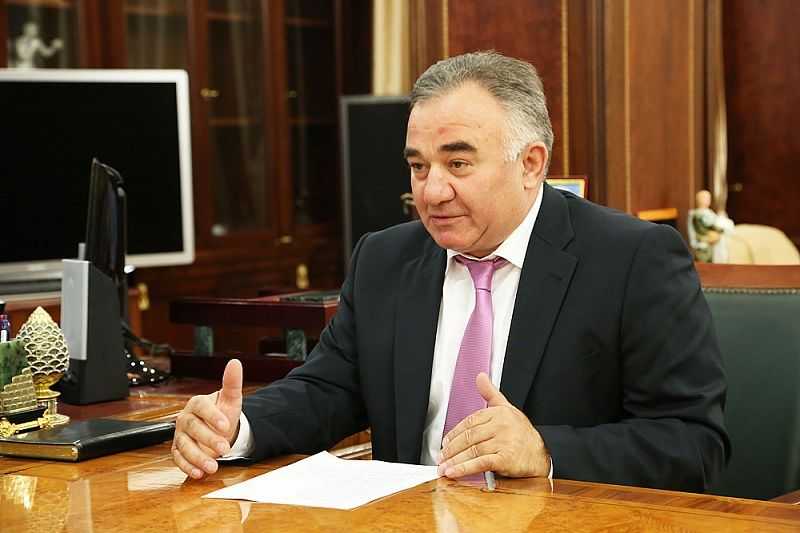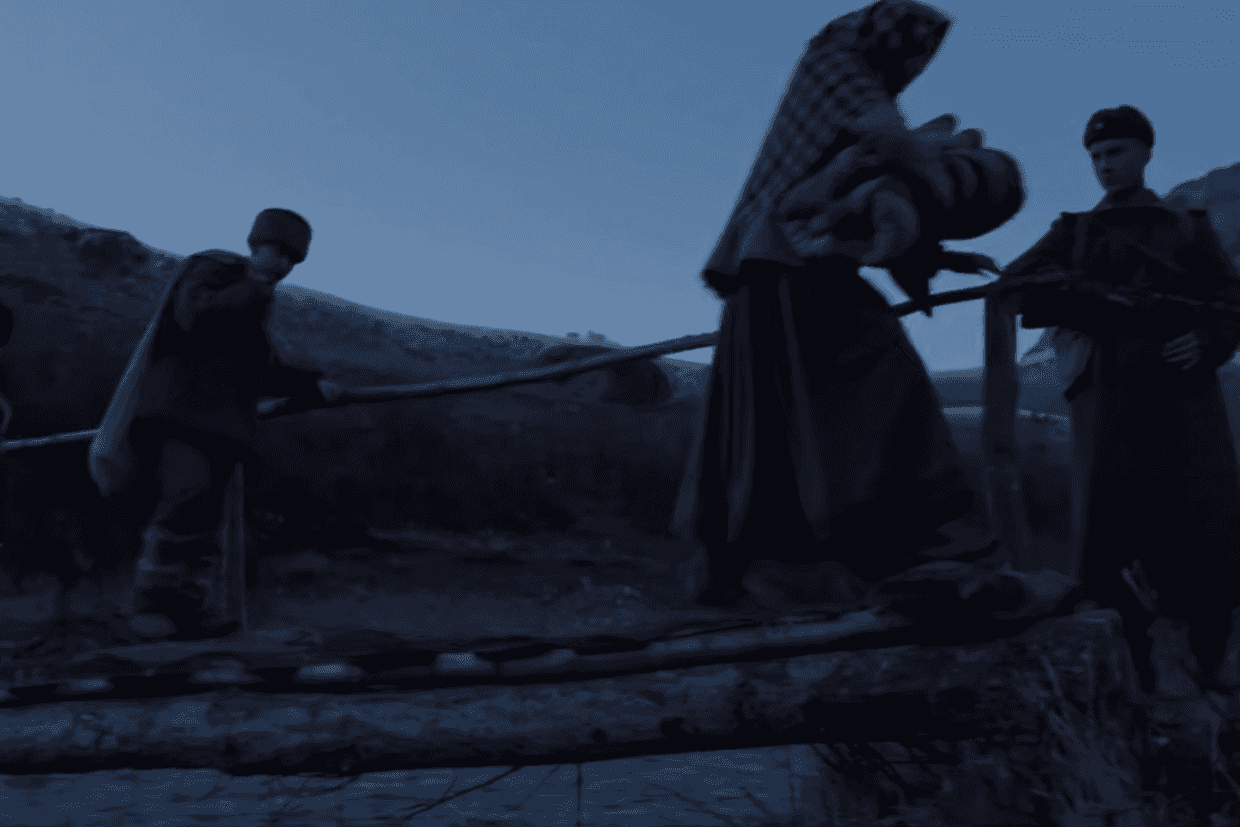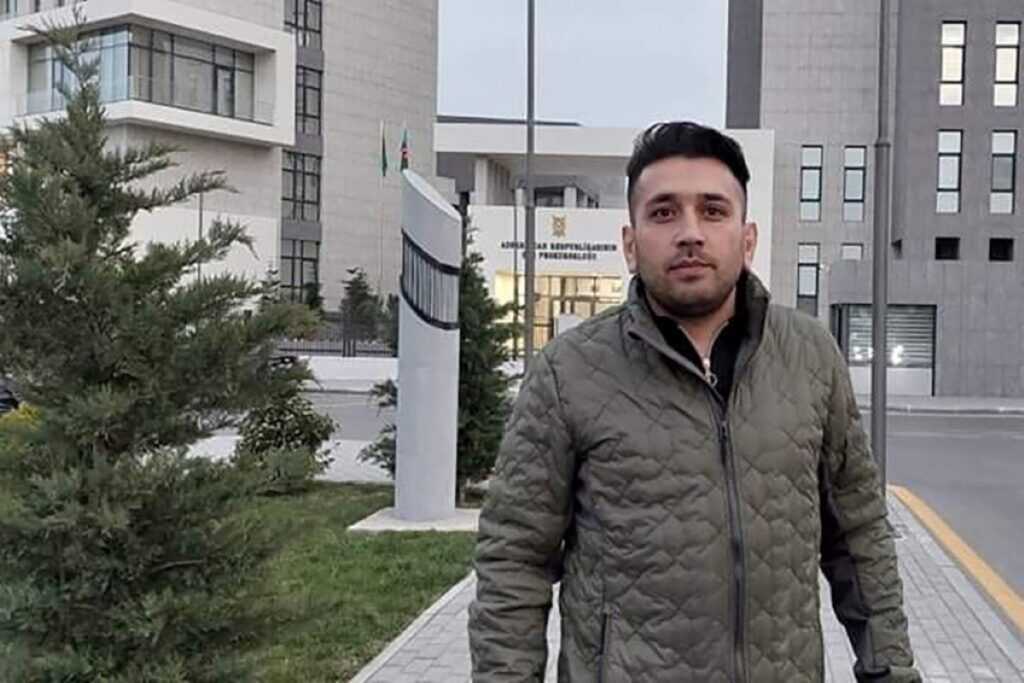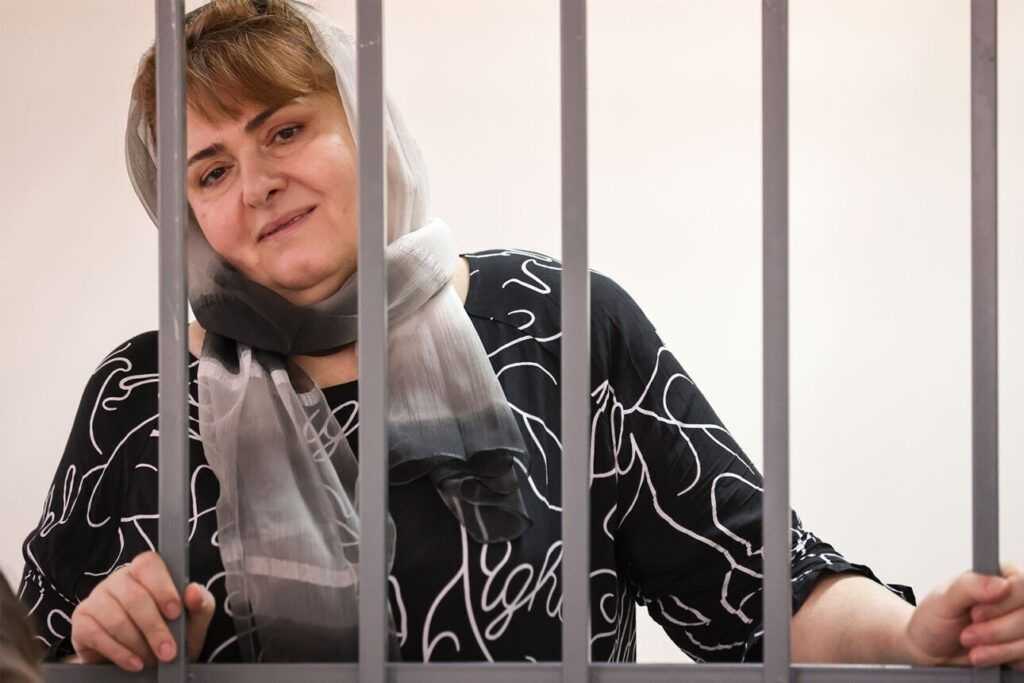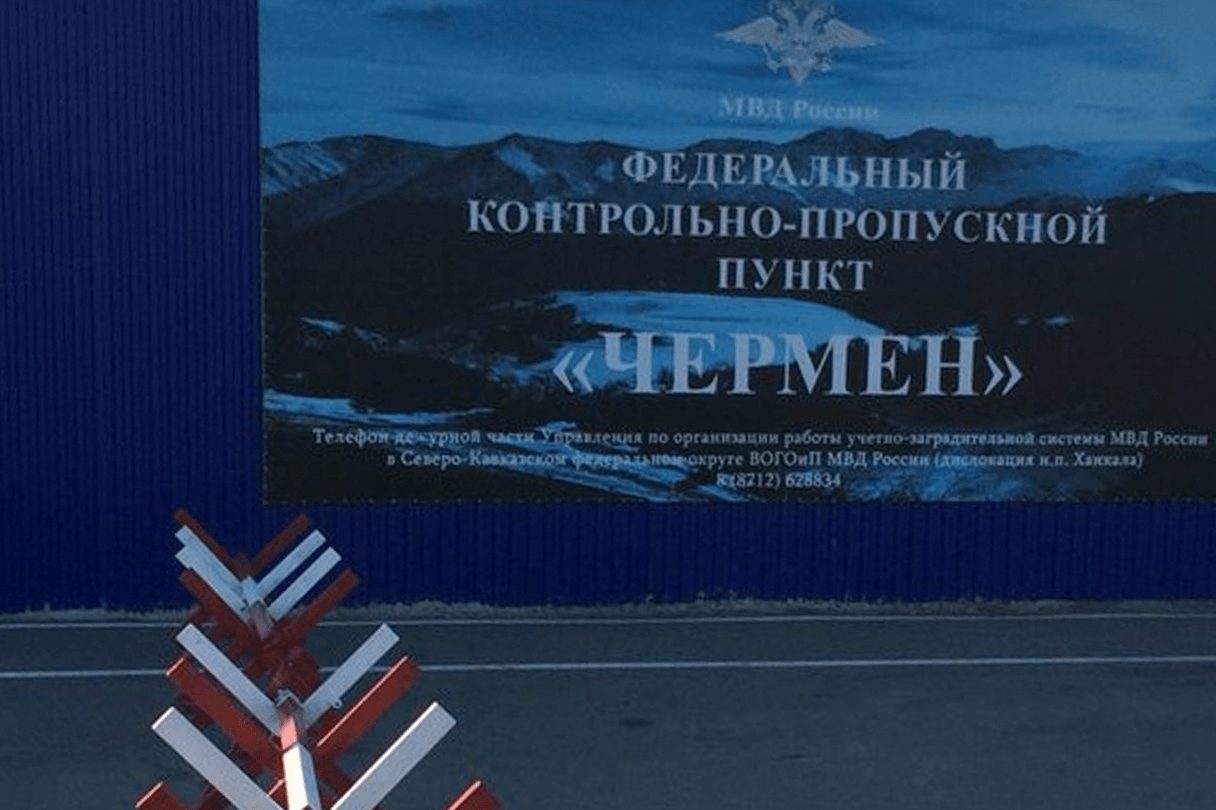
A mass brawl involving 300 people from North Ossetia and Ingushetia has erupted near the Chermen checkpoint, which separates the two republics.
The incident took place on Sunday evening, with eyewitnesses claiming that a dispute between local residents quickly escalated into a mass brawl.
Roads leading into and out of the village of Chermen and the Caucasus highway were blocked as a result of the brawl.
According to preliminary information, the cause of the incident was a domestic conflict. The Ministry of National Policy of Ingushetia confirmed that the brawl took place, and that ‘they are on the scene and are making every effort to settle the conflict’. The ministry called on residents to remain calm, to refrain from any actions that could worsen the situation, and stressed the need to ‘not spread unverified information’.
At the same time, North Ossetia-based Telegram channels noted that the statement from the Ingush Ministry of National Policy had been edited: initially, the ministry said the conflict had taken place in Bazorkino, the Ingush name for the village. In the revised version of the post, the ministry replaced Bazorkino with the current official Ossetian name, Chermen.
On the other hand, the Telegram channel Ossetia, citing the Ministry of Internal Affairs of North Ossetia, reported that the situation was ‘promptly resolved’ by the police and the National Guard. According to the channel, security forces separated the sides, and police and National Guard units continued to be on duty at the site to prevent repeated clashes.
Later, the head of the Ministry for National Relations of North Ossetia, Alan Bagiev, in a comment to the local Telegram channel Osnova, denied reports of a mass brawl, stating that there had been ‘two one-on-one scuffles’. According to him, the situation is under control, and representatives of the republic’s authorities, including Deputy Prime Minister Irbek Tomaev, arrived at the scene.
Additional details of the conflict were published by the Telegram channel Rozysk Ingushetii, associated with law enforcement agencies. The message claims that on Sunday evening in the village of Chermen, two domestic incidents took place. In the first case, a young resident of Ingushetia beat an elderly Ossetian, in the second — four Ingush, who came to a North Ossetian shop for alcohol, beat two local residents after a verbal altercation.
According to the channel’s version of the story, the mass brawl took place after news of the attack spread on social media.
‘Thanks to the coordinated actions of the Ministry of National Policy of Ingushetia, the National Guard, and the police, the situation was contained’, the message says.
During a staff meeting on Monday morning, North Ossetian Head Sergei Menyailo warned that domestic conflicts in the republic could escalate into inter-ethnic ones. He instructed law enforcement agencies to block entrances into the republic ‘to prevent escalation’ in such cases.
‘There has been an increase in domestic conflicts that could lead to inter-ethnic tensions. In such situations, the republic’s borders must be closed. We will deal with the situation within the republic ourselves’, said Menyailo.
The Chermen checkpoint, also known as Checkpoint 105, is located on the border of Ingushetia and North Ossetia and serves as a federal checkpoint. The checkpoint is a source of controversy in Ingushetia, as local residents and activists demand its removal since it separates the republic from the Prigorodny District, from which tens of thousands of Ingush were forcibly expelled during the 1992 armed conflict with Ossetians over the territory. Hundreds were killed during the struggle.
The issue of eliminating the checkpoint has repeatedly been raised at the official level. The authorities of Ingushetia insist that its preservation is a reminder of the tragic events of 1992 and limits the freedom of movement of citizens. Some activists have even held pickets demanding the removal of the checkpoint. The North Ossetian side supports keeping the checkpoint, stating the need for its existence to ensure security.
Such incidents between Ossetians and Ingush occur from time to time. In December 2021, a series of incidents took place in the North Ossetian Prigorodny District and the eastern part of Vladikavkaz. There, during the first two weeks of November, three clashes took place between Ossetians and Ingush. In the most severe of them, two Ingush were injured as a result of a shootout.
In 2015, in the North Ossetian town of Mozdok, an incident occurred when a quarrel between local residents and guests from Ingushetia escalated into a mass brawl. According to regional media reports, physical violence was used during the conflict, and only the intervention of police prevented further escalation. The specific reasons for the brawl were not reported by the sources.







